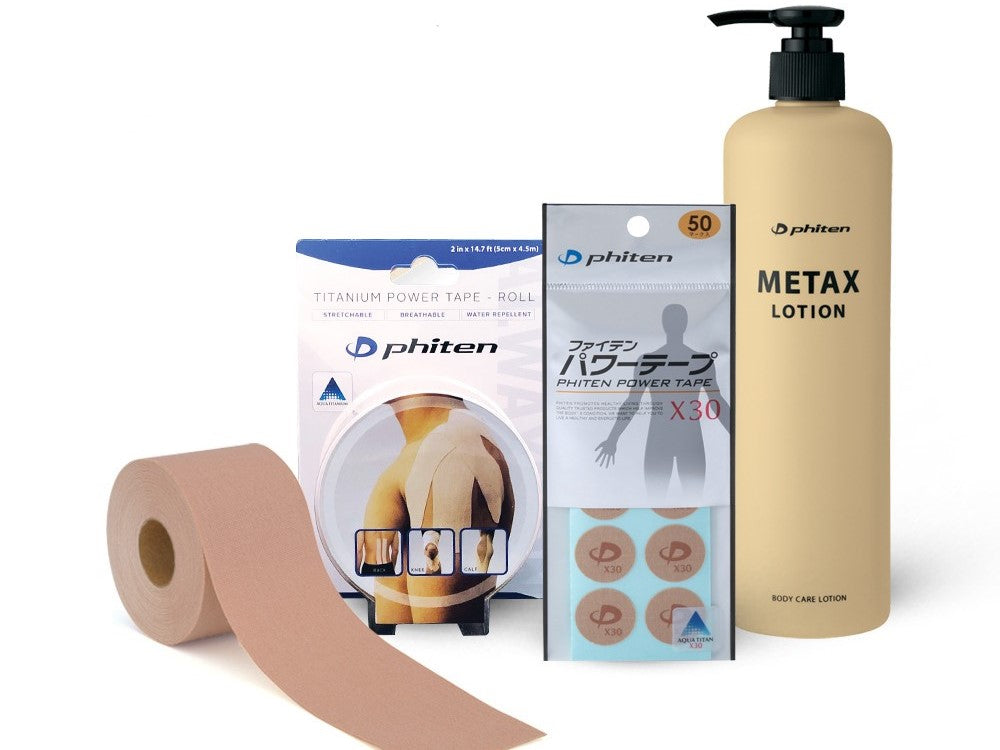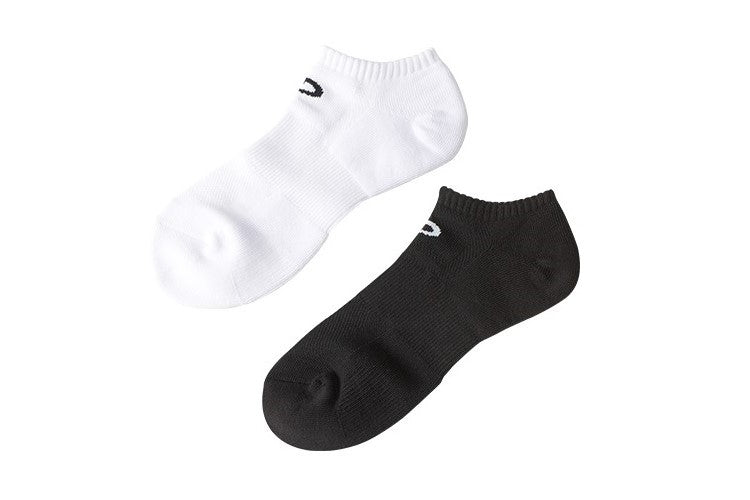Foot Health: Combatting Plantar Fasciitis
Hello, Valued Phiten Customers,
Welcome to the Phiten Newsletter. Starting with this issue, we will be delivering a series of newsletters focused on the health of the soles of your feet. Today, we delve into Plantar Fasciitis, a widespread condition that can significantly impair your mobility by causing intense heel pain. By understanding the causes, symptoms, and management strategies for Plantar Fasciitis, you can take proactive steps towards maintaining your foot health.
Understanding Plantar Fasciitis
Plantar Fasciitis is an inflammation of the plantar fascia, a thick band of tissue that runs across the bottom of your foot and connects your heel bone to your toes. It's one of the most common causes of heel pain and is particularly prevalent among athletes, overweight individuals, and those who wear inadequate footwear.

Causes of Plantar Fasciitis
Several factors can contribute to the development of Plantar Fasciitis, including:
- Excessive Load: Overuse from activities that place a lot of stress on the heel, such as running or jumping.
- Improper Footwear: Wearing shoes that do not provide adequate support or cushioning.
- Age and Weight: The condition is more common as people get older or if they are overweight, both of which can put extra stress on the plantar fascia.
- Foot Structure Issues: People with very flat feet or high arches are more prone to developing plantar fasciitis.
Symptoms of Plantar Fasciitis
- Sharp, stabbing pain in the heel of the foot.
- Pain that typically occurs with the first steps after waking up, after long periods of sitting, or after intense activity.
- Pain that generally decreases with movement but may return after prolonged standing.
Prevention and Management
Managing Plantar Fasciitis involves a combination of lifestyle adjustments, physical therapy, and targeted treatments. Here are some key strategies:
- Regular Stretching: Exercises that stretch the Achilles tendon and plantar fascia can alleviate pain and improve flexibility.
- Appropriate Footwear: Shoes with good arch support and cushioning can prevent further strain.
- Weight Management: Keeping a healthy weight can reduce the strain on the plantar fascia.
- Orthotic Supports: Using custom orthotic devices can help distribute pressure more evenly.
We hope this guide helps you understand and manage Plantar Fasciitis effectively. Stay tuned for more insights in our series, where we will explore other foot health topics such as arch problems and muscle strengthening.
Stay informed, stay healthy,
Disclaimer:
Please note that the information provided in this newsletter is for educational purposes only. It is not intended as a substitute for professional medical advice, diagnosis, or treatment. Always seek the advice of your physician or other qualified health providers with any questions you may have regarding a medical condition. Individual cases may vary, emphasizing the importance of personalized medical advice.







